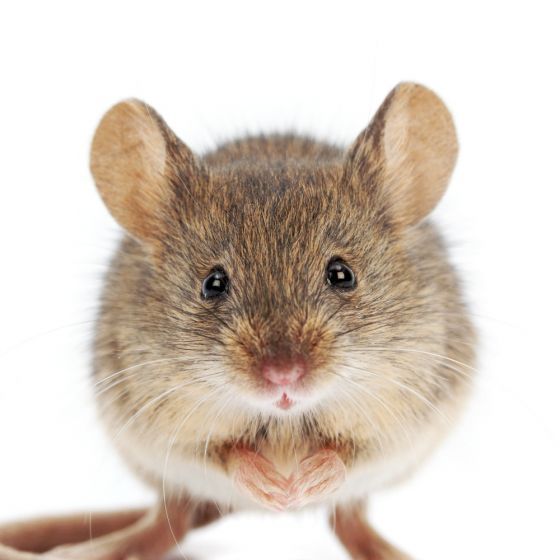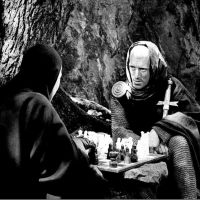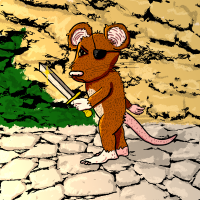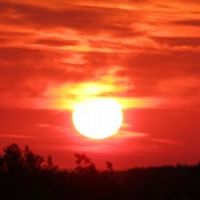
Loopysue
Loopysue
About
- Username
- Loopysue
- Joined
- Visits
- 9,975
- Last Active
- Roles
- Member, ProFantasy
- Points
- 9,855
- Birthday
- June 29, 1966
- Location
- Dorset, England, UK
- Real Name
- Sue Daniel (aka 'Mouse')
- Rank
- Cartographer
- Badges
- 27
-
God, what a newb...
Hi McCrakan :)
There is a favoured basic order of doing things which can be modified to suit individual preferences. It might be a good idea to work through the example in the CC3+ manual (written by Remy Monsen) to get a practical feel of everything, but basically its:
- Land
- Mountains
- Rivers
- Terrain textures and Forests
- Structures
- Ocean details
Everything has it's own designated sheet, so even if rivers are normally drawn before the terrain textures are laid down the textures will end up underneath the rivers.
There are drawing tools for placing whole forests available in most styles which fall into 2 categories. There's the super dense forest fills and the more scattered result of using a drawing tool based on a Symbols in Area macro. These are easy to tell apart from the thumbnail image in the drawing tool list. There are also drawing tools available for placing mountain chains, though these are mostly in the Mike Schley Overland style and may even be only available in an annual issue (I can't remember now off the top of my head). Speaking of Annuals they are also a great way to learn since every issue of an annual that is a new mapping style (not all issues are new mapping styles) comes with it's own mapping guide. Here is a wall of links to the individual annual issues. The annuals are sold in bundles of years, so if you want one in particular you need that year's annual.
As for suggestions and solutions for issues you might find along the way, that is what the forum and the Facebook Group are for. There are lots of people (most of the real experts are here on the forum) who enjoy helping to solve these things.
-
How to export very large maps
The Rendering engine can't manage the whole job in one go when the export is large, so it divides the map into passes - horizontal strips starting at the top of the map. The smaller your MPPP is the narrower those bands will be, and the longer it will take to render the whole map. The current default of 4 million pixels was set a while back when machines were smaller, so for most people increasing the size by a factor of 10 is a reasonable thing to do. The fewer passes the rendering engine has to do the faster the job is done.
I'm very used to waiting a minute or two for my 5000 px exports with 33% antialiasing (6666 x 6666 work size), but I have my MPPP set to 20 million instead of 40 million right at the moment, so it takes 2 passes to do that size. There's no way a render should take hours.
-
Print Issue
-
Noob tip - creating a sheet that the Floor/Cave/etc tools default to
It works in most cases where the drawing tools have been correctly setup to fall on the 'FLOORS*' sheet. The asterisk is a wildcard that allows this to happen. The only proviso is that you do need to have the chosen 'FLOORS Temple floor dirt' sheet picked as the active sheet before you start to draw.
-
Community Atlas - North West Berenur - Azin Forest







